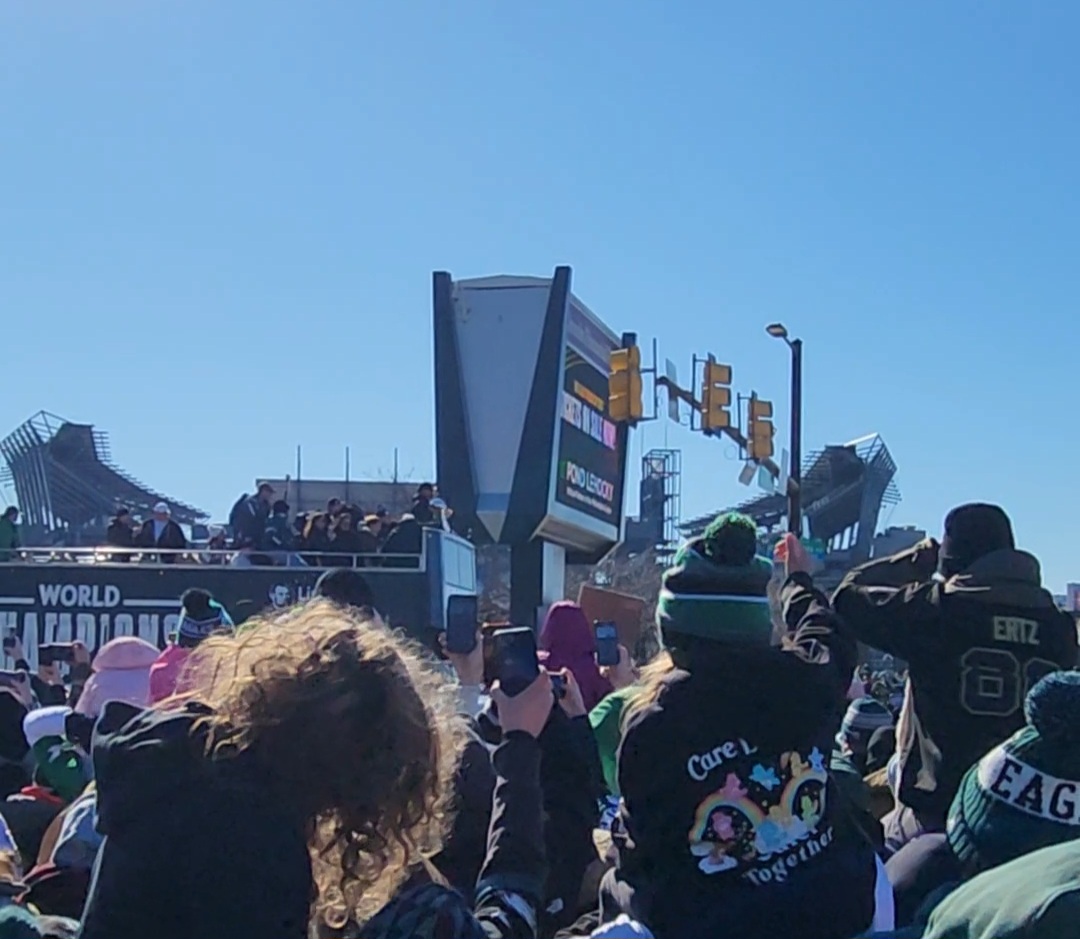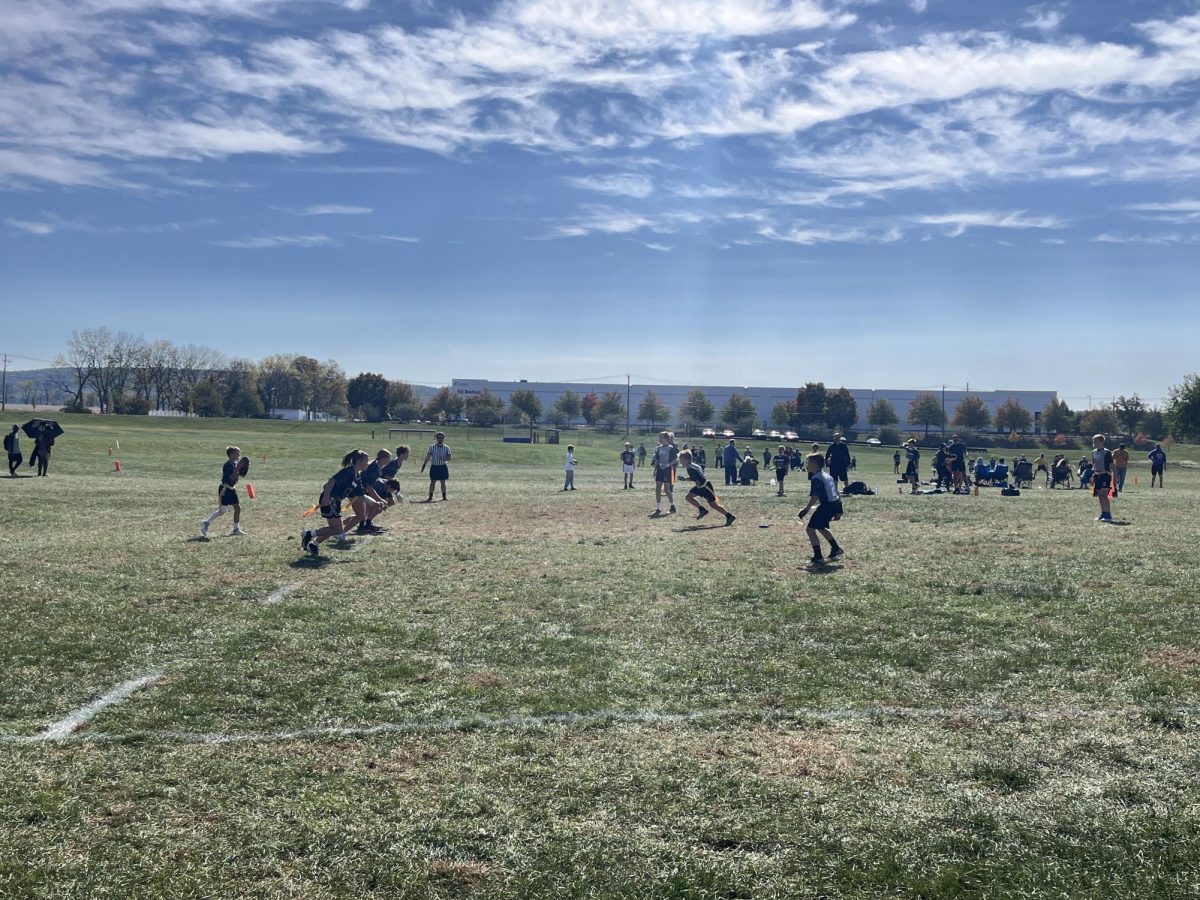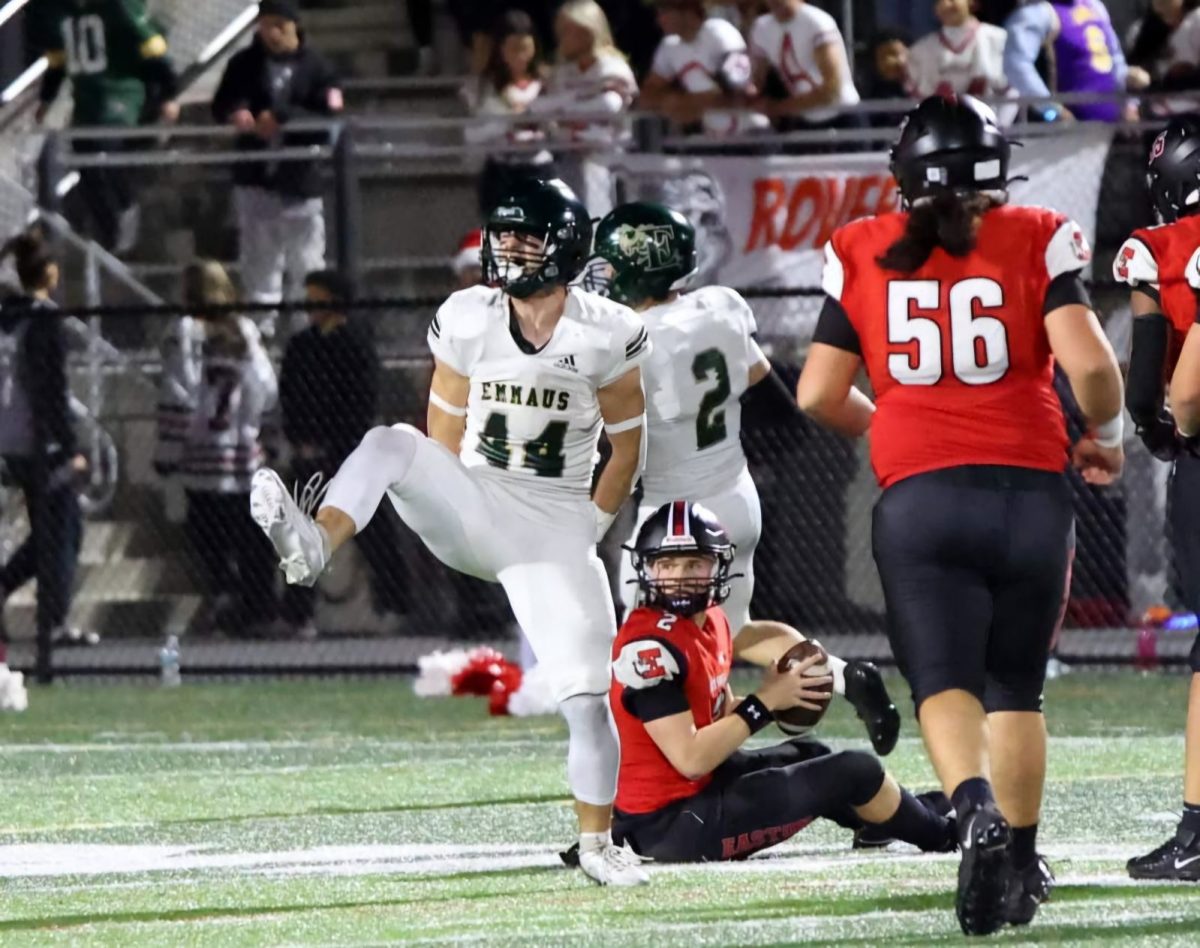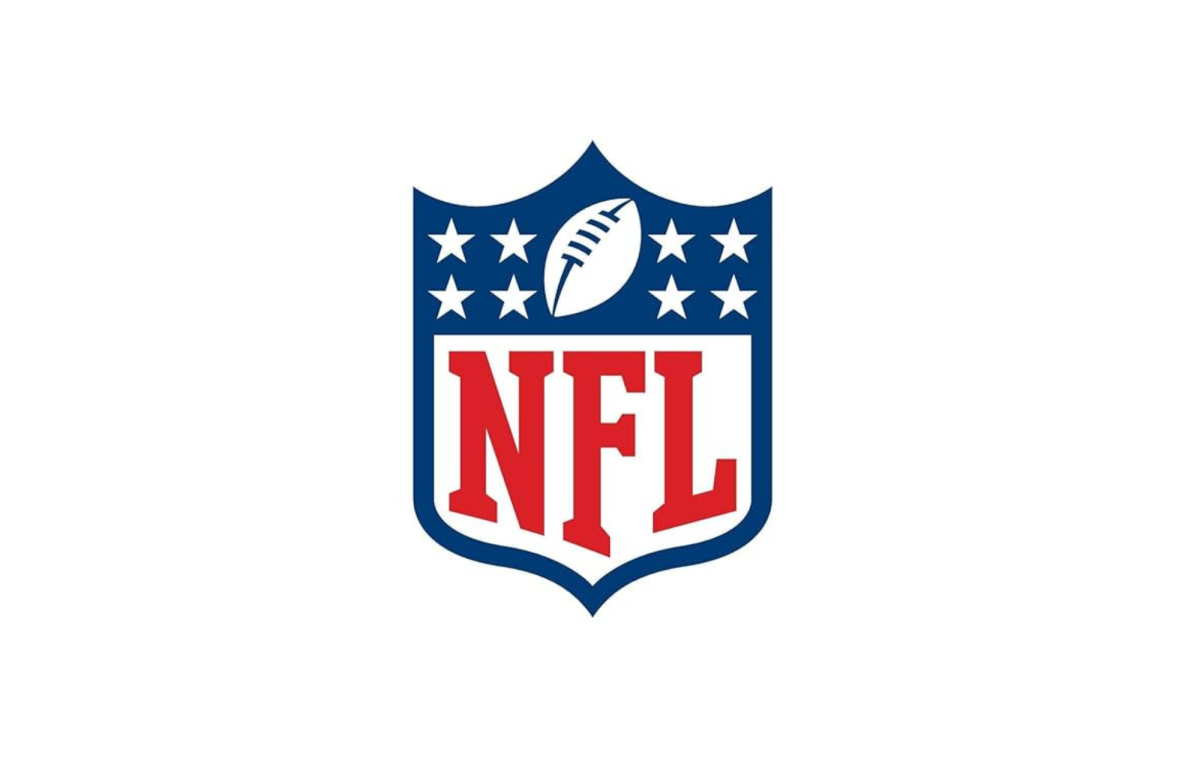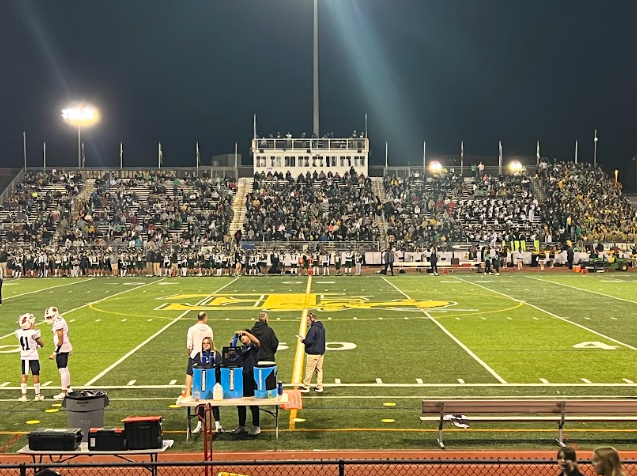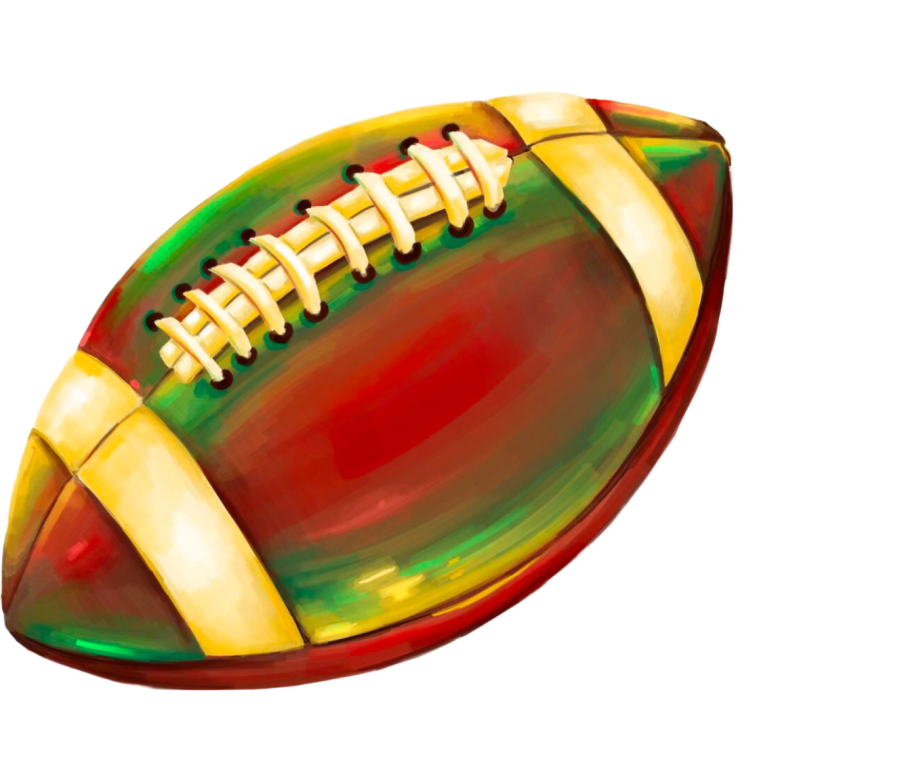The new NIL rules released by the NCAA, which went into effect just over three years ago, have changed the land scapes of all sports but football seems to be the hardest hit. Players now have free reign to use their talent to get brand deals and advertisement sales. The full effect of NIL has yet to be seen.
NIL a positive aspect of the new age, but in reality the transfer portal is an underlying issue causing much strife. Players can hop teams frequently, pressuring other teams to offer them benefits to stay.
Former Alabama University head coach Nick Saban went on record stating he thought they would have a really solid team next year, but players were more focused on when they could transfer and how much they could be paid, according to Saba. In the past year 3,800 players had entered themselves into the transfer portal.
The transfer portal has become an ugly issue in Division One football over the past few years as it destroys the sense of teamwork and creates a sense of individuality. A player no longer gets the opportunity to grow and thrive in an environment that they will be in for a long amount of time, but are more so focused on the monetary benefits.
Although NIL and the transfer portal may have sent college football in the wrong direction from a moral standpoint, it may also protect players in the long run. These players may eventually turn to the collegiate level as the main part of their career due to the increasingly similar pay range and lower risk factor. Players will maximize the amount of time and potential they have in their collegiate career, while leaving the NFL in the dust. Even though this problem hasn’t come across either organization yet, the players will only get smarter, and it may happen eventually.
If the NCAA can see what they have created they need to regulate the transfer portal. Right now all players have to do is inform the school of their desire to transfer, and they are entered into a database, or the portal. Now schools have free reign to recruit and jump on players that they believe are a good fit. Those are the only rules that surround the portal. There is no wait period, standards you must meet, or academic requirement. Players now have power over the team. Smaller Division I schools that could have a chance at making a real impact are being left in the dust by the larger “powerhouse” schools that attract all sorts of players.
NIL, while not seen as good nor bad by the public, is the driver behind the chaos that is the transfer portal. These athletes want money and a life outside of football, and the NCAA doesn’t know how to handle that.Without regulations, these issues could lead to the decline of the NCAA.


